Long before every conceivable comic book character received a film adaptation in the hopes of becoming the next blockbuster, there was Superman. While box office returns diminished over the course of four movies, the Man of Steel’s big-screen success heralded a crop of other superhero movies. Producers Benjamin Melniker and Michael E. Uslan swooped in to acquire the film rights to DC Comics’ other most well-known character, Batman (and they remain executive producers on every Batman movie), along with a more obscure title, Swamp Thing.
Not unlike a common trajectory in the modern comic book movie boom – in which filmmakers who have proven themselves in the genre space (James Gunn, James Wan, Andy Muschietti, David F. Sandberg, et al.) are given the keys to superhero properties – Wes Craven was enlisted to write and direct 1982’s Swamp Thing despite his unfamiliarity with the source material. While he would go on to make a name for himself with A Nightmare on Elm Street next, Craven had proven himself with subversive fare like The Hills Have Eyes and The Last House on the Left.
Incidentally, Craven was contractually obligated to deliver a PG film for the US market. Bear in mind that movies could get away with a lot more on a PG rating prior to the introduction of PG-13, but Swamp Thing is not as dark as one might expect from early Craven, and its horrors certainly pale in comparison to the 2019 DC Universe version. Craven doesn’t lean into the comic book aesthetic as much as the following year’s Creepshow would, but stylized frame wipes, a more vibrant palette, and colorful creatures make it feel more like a comic than the rest of his oeuvre.
The film follows government agent Alice Cable (Adrienne Barbeau, Escape from New York) to the Florida everglades, where Dr. Alec Holland (Ray Wise, Twin Peaks) is experimenting on the local flora. He’s on the verge of a scientific breakthrough when a group of rebels, led by Dr. Anton Arcane (Louis Jourdan, Octopussy), attempts to steal his secret formula. Holland is doused in glowing, green serum and set ablaze before seeking refuge in the swamp. He later emerges as Swamp Thing (portrayed by actor/stuntman Dick Durock), a hideously mutated human/plant hybrid. Armed with newfound powers, the unlikely hero must save Alice and the formula from Arcane.
Swamp Thing drags a bit in the midsection, but book-ending it with an exciting opening sequence featuring a lengthy full-body fire stunt and a finale with a rubber-suited monster battle make the pacing issues easier to swallow. Although the rest of the Beauty and the Beast-esque story hews more closely to fantasy and action, no self-respecting monster kid could deny the fun of seeing Swamp Thing duke it out with Arcane, who transforms into a sword-wielding beast that looks like the Wolf Man’s head on the Creature from the Black Lagoon’s body.
The production was difficult for all involved, not only for its ambitions on a $2.5 million budget but also due to the heat and humidity that came with shooting on location in South Carolina’s Cypress Gardens. Robbie Greenberg (Free Willy, Wild Hogs) provides serviceable cinematography. If the score sounds like a recycled Friday the 13th soundtrack, that’s because it was done by Friday the 13th franchise composer Harry Manfredini, who rarely ventures outside his wheelhouse.
Wise and Barbeau always shine regardless of material, even if the latter is relegated to a damsel in distress. Durock is naturally imposing, but he steps up to convey the necessary emotion underneath the makeup. It’s a joy to see Craven reunite with David Hess, who plays Arcane’s lead goon. My perception may be skewed by The Last House on the Left, but few people can play scumbags quite like him. (By all accounts, he was a lovely person in real life.) Reggie Batts, in his only film credit, sticks out as a bespectacled young gas station attendant who briefly becomes Cable’s sidekick. Not only is his monotonous delivery questionable, but the character’s attempted levity seems out of place altogether.
The delightfully schlocky creatures come courtesy of makeup effects artist William Munns, who was infamously fired from The Return of the Living Dead due to his subpar work. While his take on Swamp Thing is fairly faithful to Bernie Wrightson’s original design, he eschewed the traditional Arcane werewolf to avoid competing against the effects in The Howling and An American Werewolf in London. Instead, his unique concept puts a wild boar head with a lion’s mane on a reptilian body.
Swamp Thing marks the first title in MVD’s new 4K Ultra HD line, dubbed the 4K LaserVision Collection with CED-inspired packaging (as a counterpart to MVD’s Rewind Collection, which features Blu-rays in VHS-inspired packaging). Both the PG-rated US version 91-minute PG cut and the 93-minute international version are included, newly restored in 16-bit 4K from the original camera negative. It’s presented with Dolby VIsion/HDR and DTS-HD Master Audio 2.0 Mono sound.
Predominantly consisting of sunlit exteriors with standard coverage, Swamp Thing isn’t a particularly sumptuous picture, but the HDR presentation offers a noticeable improvement over previous editions. Perhaps the biggest selling point is the inclusion of the uncut version – boasting two additional sequences of nudity – which Scream Factory was prohibited from releasing as originally intended on the 2013 Blu-ray (although it later made its way to disc in the UK via 88 Films in 2018).
MVD’s edition doesn’t have any new special features, but existing extras from both Scream Factory and 88 Films are ported over. Two audio commentaries accompany the PG version. Craven, moderated by Sean Clark (of Horror’s Hallowed Grounds), isn’t especially chatty, but it’s always a joy to hear the soft-spoken filmmaker discuss his craft – even about a project that almost sank his career. Munn, moderated by Red Shirt Pictures’ Michael Felsher, is more talkative, including discourse on Swamp Thing’s genitals (or lack thereof) and the sequence in which he plays the Arcane creature.
The disc carries five interviews: Barbeau gushes about the script, which she thought had the potential to be the next Star Wars before the budget was slashed, and speaks about the controversy surrounding her nude scene; Batts looks back on his only major role with great fondness; production designer Robb Wilson King (Breaking Bad, Scary Movie) shares many anecdotes about the production, including contrasting it with the sequel; Swamp Thing co-creator Len Wein offers his candid thoughts on the film and its deviations from the source material; and film historian Kim Newman traces Craven’s path from radical roots to mainstream horror and how his Swamp Thing fits in the superhero movie canon.
Four galleries (Munns’ behind-the-scenes photos, special effects assistant Geoffrey Rayle’s behind-the-scenes photos, posters & lobby cards, and stills) and the theatrical trailer round out the extras. The set also comes with a slipcover and a folded mini-poster featuring the cover art.
Craven would be the first to admit that Swamp Thing is not one of his strongest efforts, nor is it a top-tier comic book adaptation, but it found enough success on home video and cable to yield a sequel, 1989’s The Return of Swamp Thing, a TV series that ran for three seasons from 1990-1993, and a short-lived animated series in 1991. In the current era of homogenized superhero movies glazed over by shoddy CGI, the tactile nature of Craven’s take on Swamp Thing is more welcome than ever.
Swamp Thing was released on 4K UHD and Blu-ray on August 8 via MVD.






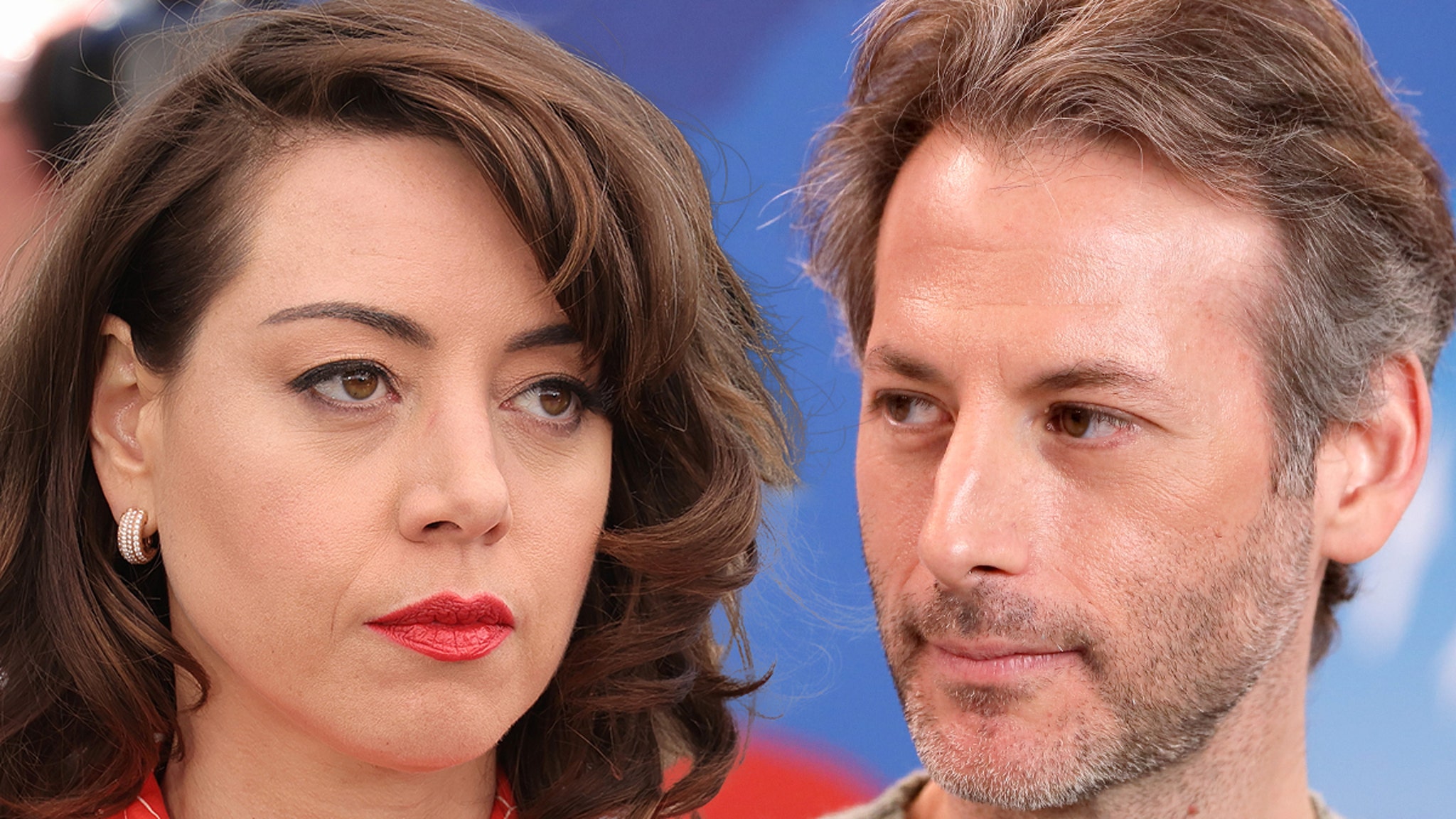














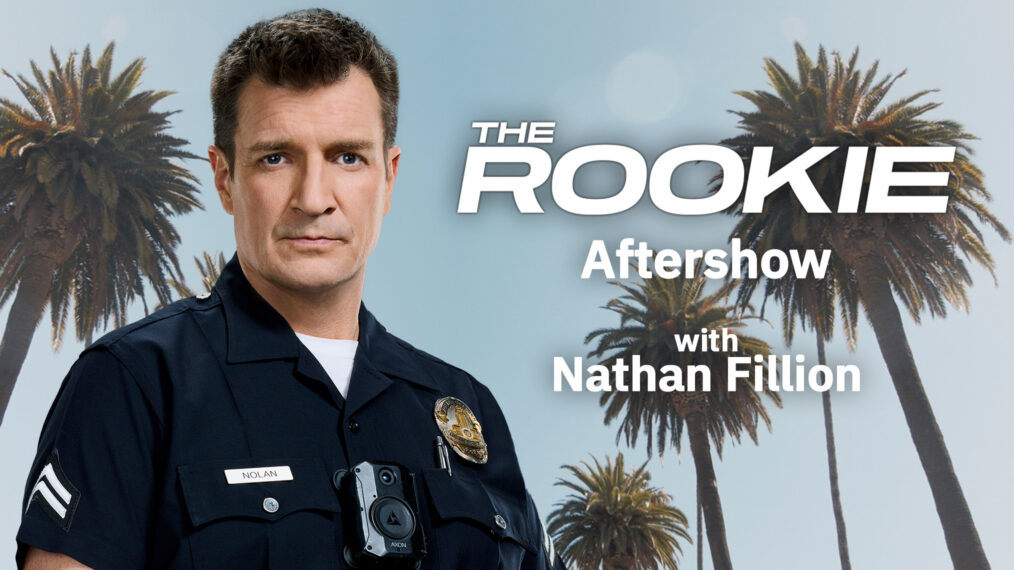




![‘Brilliant Minds’ Season 1 Finale Recap: [Spoiler] Is Alive ‘Brilliant Minds’ Season 1 Finale Recap: [Spoiler] Is Alive](https://tvline.com/wp-content/uploads/2025/01/brilliant-minds-oliver-father-alive-mandy-patinkin-season-1-finale-1.jpg?w=650)
![Mandy Patinkin as [Spoiler], What’s Next for Oliver and Josh in Season 2 (Exclusive) Mandy Patinkin as [Spoiler], What’s Next for Oliver and Josh in Season 2 (Exclusive)](https://www.tvinsider.com/wp-content/uploads/2025/01/brilliant-minds-113-oliver-mandy-patinkin-1014x570.jpg)












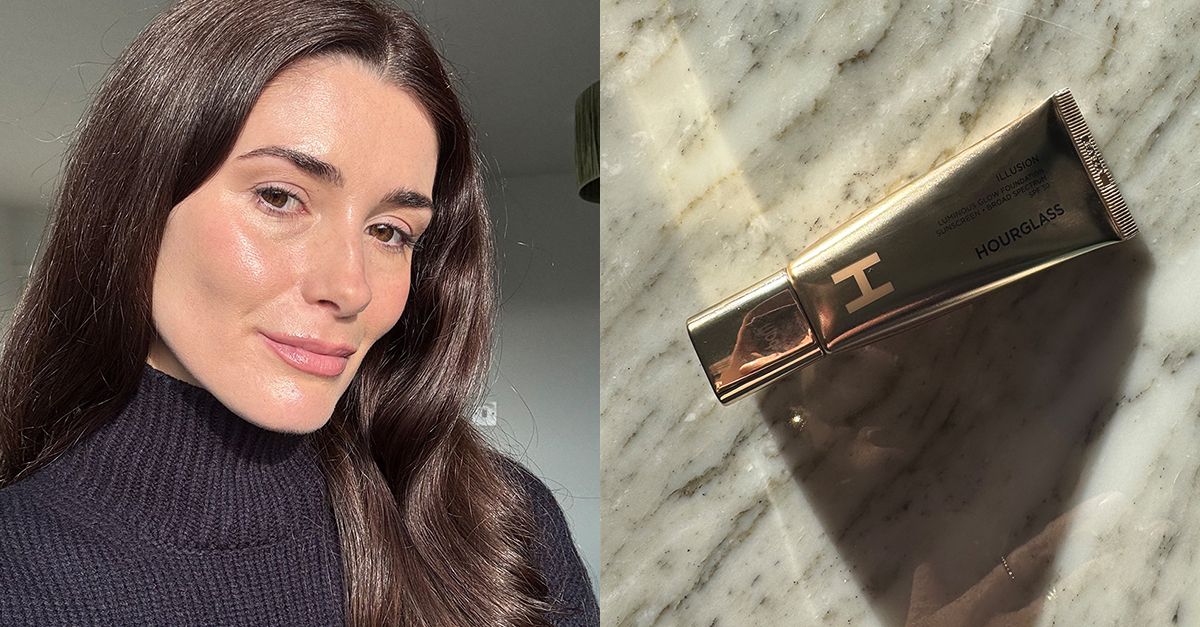
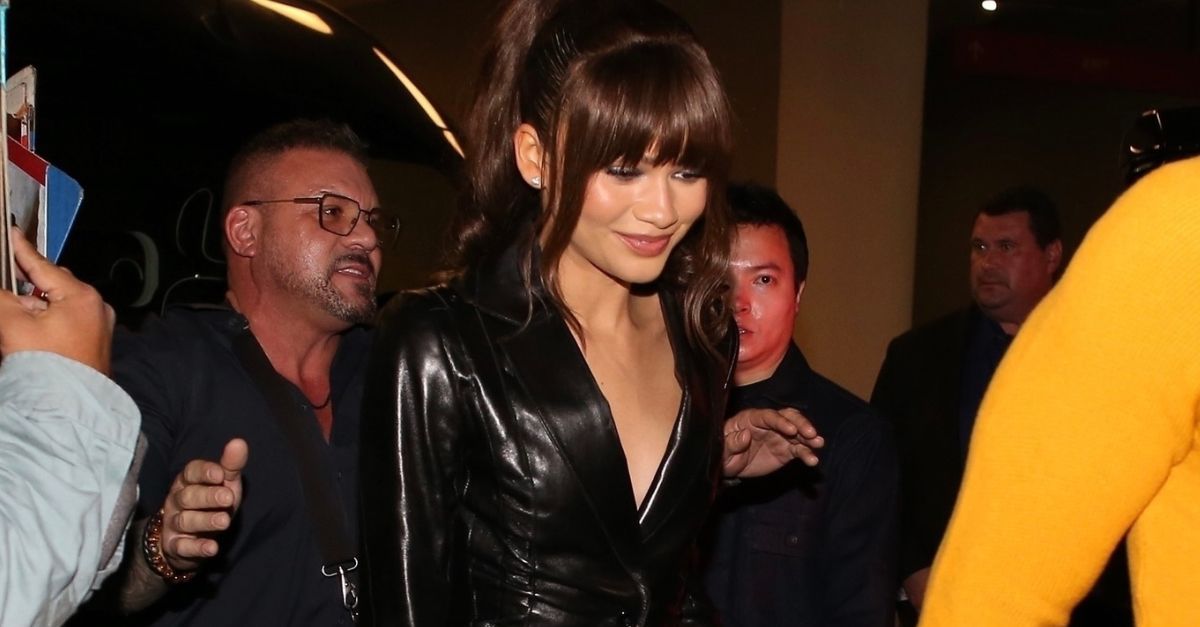
:quality(85):upscale()/2025/01/07/813/n/1922564/b63421d9677d72ddd6eff7.56786871_.png)

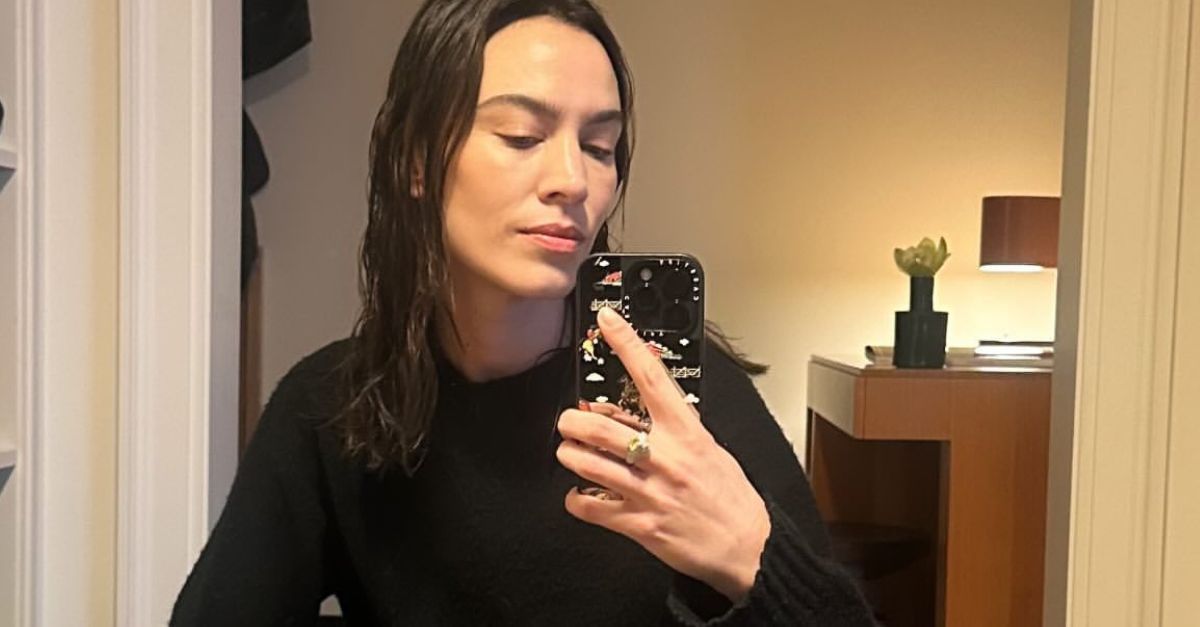











 Best Shuffle Dance Music Video 2023 on a viral TikTok Song
Best Shuffle Dance Music Video 2023 on a viral TikTok Song











:quality(85):upscale()/2023/08/08/994/n/1922564/0d8062f364d2c70767a9a1.77285345_.jpg)









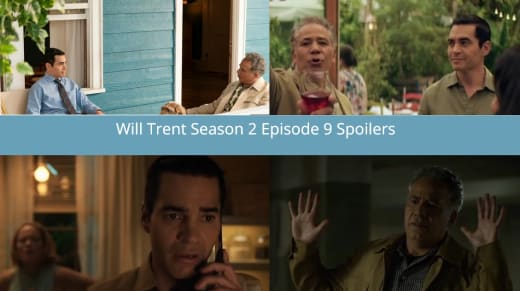
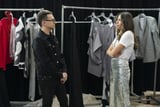

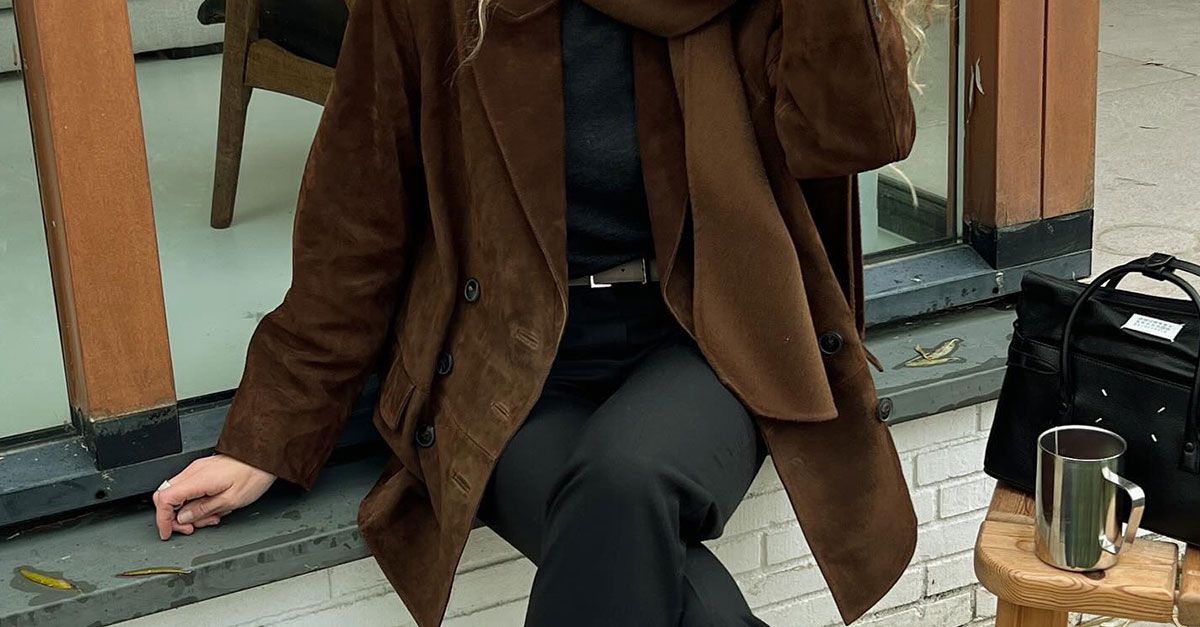
![Brilliant Minds Season 1 Finale Review: [Spoiler’s] Return Throws Oliver’s World Out of Control Brilliant Minds Season 1 Finale Review: [Spoiler’s] Return Throws Oliver’s World Out of Control](https://cdn.tvfanatic.com/uploads/2025/01/Rushing-to-Save-the-Apartment-Victims-Brilliant-Minds-Season-1-Episode-12.jpg)
